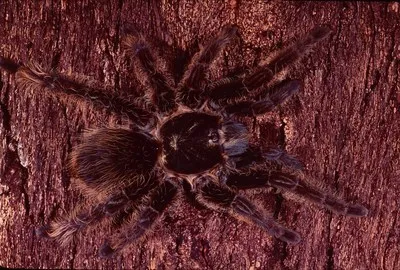Choosing Your Pet Tarantula
Bringing home a pet tarantula from Petco can be an incredibly rewarding experience. These fascinating creatures are relatively low-maintenance pets, making them suitable for both novice and experienced pet owners. However, successful tarantula ownership starts with careful selection. Ensuring you choose a healthy tarantula from the start is vital for its longevity and well-being. This guide focuses on providing you with five simple yet essential care tips to help you succeed. From the initial selection process at Petco to ongoing maintenance, we will cover the key aspects of tarantula care, including habitat setup, feeding, handling, and health. Understanding these fundamentals will set you on the path to becoming a responsible and knowledgeable tarantula owner. Let’s dive into the first step selecting a healthy tarantula.
Selecting a Healthy Tarantula
When selecting your pet tarantula at Petco, several factors indicate its health and vitality. A healthy tarantula is more likely to thrive in your care, providing you with years of enjoyment. Start by observing the tarantula’s overall appearance. Look for a plump abdomen; a shrunken abdomen can signal dehydration or malnutrition. A well-fed tarantula will have a rounded abdomen. Examine the legs; they should all be intact and move freely. Missing or damaged legs can indicate a recent injury or potential problems with molting. Check the fangs; they should be present and appear undamaged. The tarantula’s body should be free of any visible parasites or mites. Observing the spider’s behavior is equally important. The spider should be alert and responsive to its environment. A sluggish or unresponsive tarantula may be ill. The following section details the signs of a healthy tarantula.
Checking for Activity and Appearance
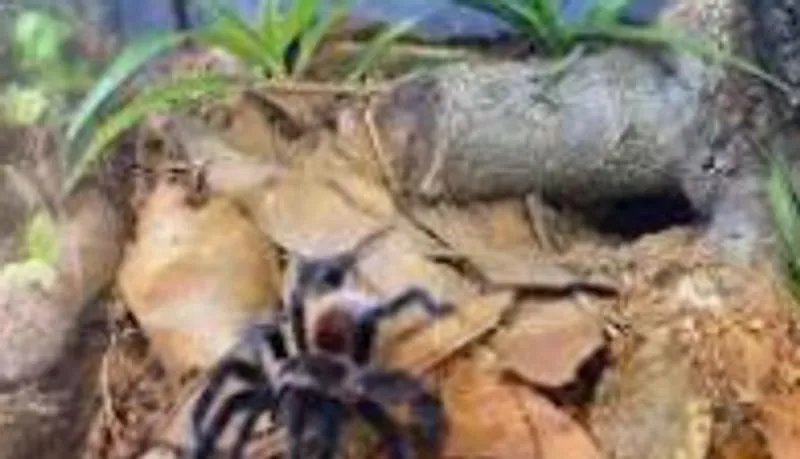
A healthy tarantula will exhibit normal behaviors for its species. Depending on the species, this could include moving around the enclosure, exploring, or occasionally resting. Pay attention to how the tarantula reacts to stimuli. Gently tap on the enclosure to see if it reacts; a healthy tarantula should show some awareness. Look closely at the tarantula’s exoskeleton. It should appear smooth and shiny; a dull exoskeleton might indicate a problem with molting. Check for any unusual bumps, lesions, or discoloration on the body. These could be signs of illness or injury. Keep in mind that some species are more reclusive than others, so the level of activity will vary. However, any significant deviation from normal behavior warrants further investigation. Look for any signs of parasites or mites on the tarantula’s body. These parasites can be detrimental to the tarantula’s health. Look for an overall healthy appearance, indicating proper care at Petco before purchase.
Understanding Tarantula Temperament
Different tarantula species have different temperaments. Some are docile and easily handled, while others are more defensive and may bite or flick urticating hairs when threatened. When choosing a tarantula at Petco, consider its temperament in relation to your experience level and handling preferences. Research the specific species you’re interested in to learn about its typical behavior. If you’re a beginner, it’s often best to start with a more docile species. Avoid species known for being aggressive or having potent venom. Observe the tarantula’s behavior in the enclosure. Does it appear calm and relaxed, or is it constantly pacing or displaying defensive postures? A defensive tarantula may not be the best choice for a beginner. The Petco staff can provide you with more information about the temperament of each species available. Being aware of these temperament factors will set a good foundation for your ownership of a pet tarantula.
Setting Up the Ideal Habitat
Once you’ve chosen your pet tarantula, the next step is setting up its habitat. A proper enclosure provides a safe and comfortable environment where your tarantula can thrive. The enclosure should mimic the tarantula’s natural habitat and provide the necessary conditions for its well-being. The right setup is vital for the health and happiness of your tarantula. Consider the species you have selected. Certain types of tarantulas thrive in different environments. Research the specific requirements of your tarantula, including its preferred substrate, temperature, and humidity levels. A well-designed habitat will also provide enrichment opportunities, encouraging natural behaviors like burrowing and web-spinning. The habitat setup is the foundation to your tarantula’s health and safety. The following sections detail what you will need in your tarantula habitat.
Choosing the Right Enclosure
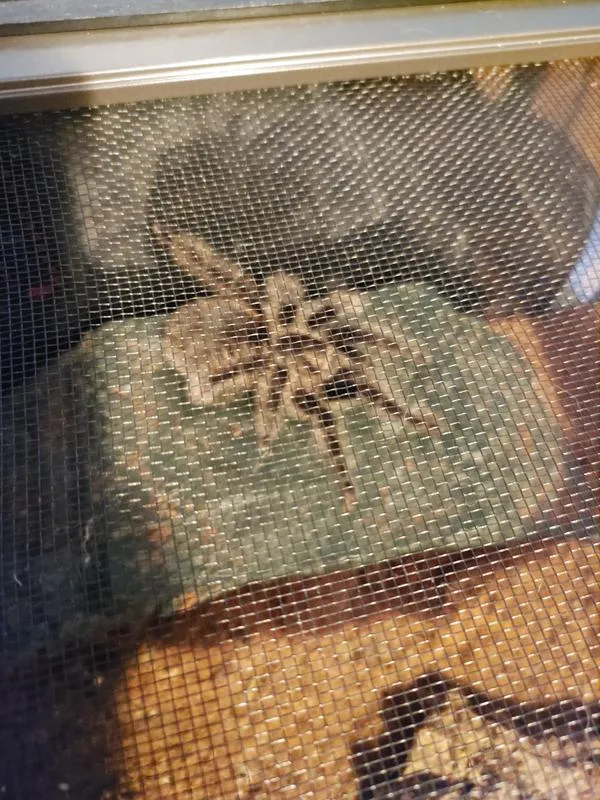
Selecting the right enclosure is crucial for your tarantula’s well-being. The size of the enclosure should be appropriate for the tarantula’s size and species. Generally, the enclosure should be at least twice the tarantula’s leg span in width and length, and the height should be sufficient to prevent the tarantula from climbing to the top and falling. A secure enclosure is essential. Ensure the lid fits snugly and has small ventilation holes to prevent the tarantula from escaping. Glass or clear plastic enclosures are ideal, as they allow you to observe your tarantula easily. Consider the type of tarantula you have. Terrestrial tarantulas prefer more floor space, while arboreal tarantulas require more vertical space for climbing. Avoid enclosures with sharp edges or features that could injure your tarantula. Choose a size that will accommodate your tarantula’s future growth.
Substrate and Decorations
The substrate is the bedding material that covers the bottom of the enclosure. It plays a critical role in maintaining humidity levels and providing a comfortable environment for your tarantula. The substrate should be several inches deep to allow for burrowing. The ideal substrate will vary depending on the tarantula species, but a mixture of coconut fiber and peat moss is often recommended. Avoid using substrates like wood shavings or gravel, as they can be harmful to tarantulas. Decorations add visual appeal to the enclosure and can provide enrichment for your tarantula. Add a hide or burrow for your tarantula to retreat to. Provide a shallow water dish for drinking. Non-toxic plants or artificial plants can also be added to the enclosure. Be sure that the decorations do not have any small parts that the tarantula could ingest.
Maintaining Temperature and Humidity
Temperature and humidity are critical factors in maintaining a healthy environment for your tarantula. The ideal temperature range typically falls between 75-85°F (24-29°C). Use a thermometer to monitor the temperature inside the enclosure. You may need a heat lamp or heating pad to maintain the appropriate temperature. Humidity levels also play a significant role in your tarantula’s health. The humidity level will vary depending on the species. Use a hygrometer to measure the humidity in the enclosure. You can increase humidity by misting the enclosure with water or by placing a water dish inside. Ensure that the enclosure has adequate ventilation to prevent mold growth. Regularly check and adjust the temperature and humidity levels to meet your tarantula’s specific needs. Proper temperature and humidity provide an optimal environment.
Feeding Your Tarantula
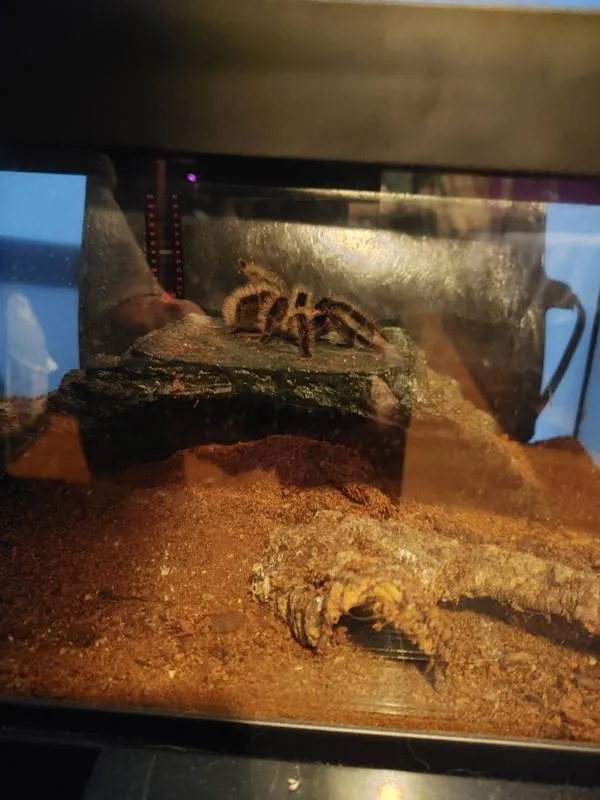
Proper feeding is crucial to your tarantula’s health and growth. Tarantulas are opportunistic predators and typically eat insects. The type, frequency, and amount of food you provide will depend on your tarantula’s species and age. It’s important to understand the nutritional needs of your tarantula. The feeding process provides the sustenance needed for your pet tarantula’s health and survival. You should know the food it requires, how often to feed it, and portion control. The following sections will provide these details.
Selecting the Right Food
The most common food source for tarantulas is insects. Crickets, mealworms, and roaches are popular choices. The best type of insect will depend on the size of your tarantula. Newly hatched spiderlings require small insects. Larger tarantulas can consume larger prey items. Always source insects from a reputable supplier. Ensure the insects are free of pesticides and other harmful chemicals. Before feeding the insects to your tarantula, gut-load them by feeding them nutritious food, such as fruits and vegetables. This will provide your tarantula with additional vitamins and minerals. You can also offer pre-killed insects, especially to smaller or newly molted tarantulas. Avoid feeding wild-caught insects, as they may carry parasites or diseases. Provide your tarantula with a variety of food.
Feeding Frequency and Portion Size
The feeding frequency for your tarantula will depend on its age and species. Young tarantulas generally need to be fed more often than adults. As a general guideline, young tarantulas can be fed every other day or every three days. Adult tarantulas can be fed once or twice a week. Observe your tarantula’s behavior. A tarantula that is always hungry will be eager to eat. Adjust the feeding frequency accordingly. The portion size should be appropriate for your tarantula’s size. Offer your tarantula one or two appropriately sized insects. Remove any uneaten insects within 24 hours to prevent them from stressing your tarantula. Overfeeding can lead to obesity and health problems. The most important factor is knowing your tarantula’s needs and requirements.
Providing Water
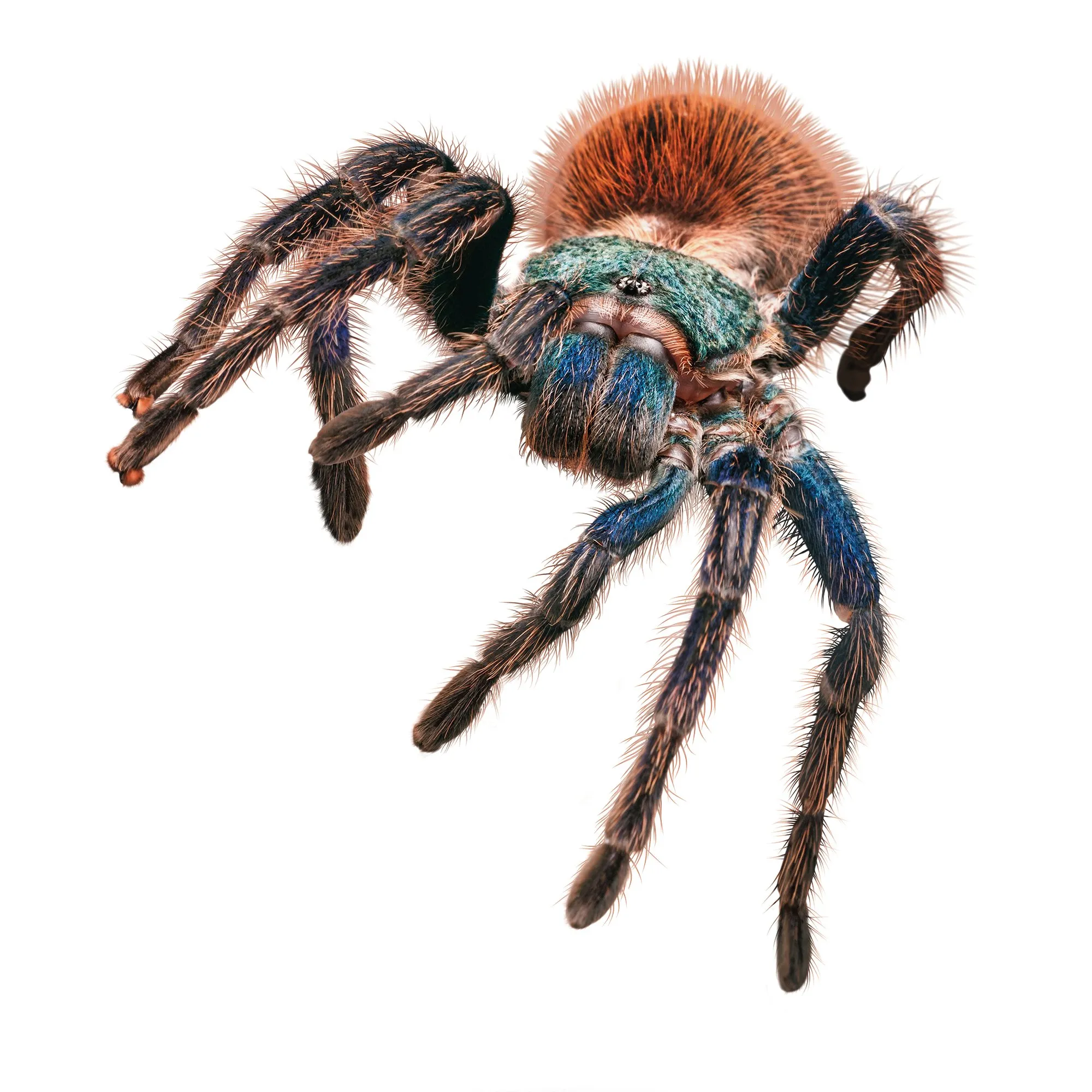
Providing fresh water is essential for your tarantula. The water dish should be shallow to prevent your tarantula from drowning. Use a water dish appropriate for the size of your tarantula. Place a small sponge or cotton ball in the water dish to provide a safe drinking surface for smaller tarantulas. The water should be changed regularly to prevent the growth of bacteria and mold. Monitor the water level daily and refill as needed. Consider using bottled or filtered water to avoid harmful chemicals. Make sure the water source is accessible and clean. Keep the enclosure well-maintained to ensure your pet tarantula’s access to clean, fresh water.
Handling and Safety
Handling your tarantula can be a rewarding experience, but it’s important to do so with caution and respect. Tarantulas can be delicate creatures, and mishandling them can lead to injury. While some tarantulas are docile, others may be more defensive and prone to biting or flicking urticating hairs. It’s crucial to be aware of your tarantula’s temperament and to handle it safely. The following sections detail the process of tarantula handling.
When to Handle Your Tarantula
Not all tarantulas enjoy being handled, and it’s important to prioritize your tarantula’s well-being. Some tarantulas are best left undisturbed. Before handling your tarantula, observe its behavior. If it appears stressed or defensive, it’s best to avoid handling it. Avoid handling your tarantula shortly after it has eaten, as it may be more vulnerable. Do not handle your tarantula during molting. Handle your tarantula in a safe and secure environment, such as a low table or the floor. Ensure the area is free of hazards, such as other pets. Minimize handling. It’s better to observe and provide proper care to keep your tarantula calm and healthy.
Proper Handling Techniques

If you decide to handle your tarantula, use a gentle and cautious approach. Never grab or squeeze your tarantula. Instead, gently encourage it to walk onto your hand. Wash your hands before handling your tarantula to remove any potential contaminants. Always supervise children when they are handling a tarantula. If your tarantula appears agitated or stressed, gently place it back in its enclosure. Avoid sudden movements or loud noises. Be aware of your tarantula’s urticating hairs. These hairs can cause irritation and should be avoided. If your tarantula bites you, seek medical attention immediately. Always handle your tarantula in a calm and controlled manner. Learn the safe handling practices to protect both you and the tarantula. These practices are important when buying a pet tarantula from Petco.
Health and Hygiene
Maintaining your tarantula’s health is crucial for its longevity and well-being. Like any pet, tarantulas can be susceptible to certain health issues. Regular observation and proper hygiene can help prevent and manage potential problems. Being aware of common health issues and taking appropriate precautions can ensure your tarantula lives a long and healthy life. Petco can provide a good starting point, providing the tarantula is healthy. The following sections will provide further details.
Recognizing Common Health Issues
Tarantulas can be susceptible to various health issues. A healthy tarantula will have a plump abdomen, clear eyes, and move freely. Some of the signs of an unhealthy tarantula include a shrunken abdomen, loss of appetite, lethargy, and unusual behavior. Parasites and mites can also affect your tarantula. Check your tarantula for any visible parasites or mites. Respiratory problems are another concern. Difficulty breathing or wheezing may be signs of respiratory distress. If you notice any of these signs, consult with a veterinarian or a tarantula expert immediately. The proper care and maintenance are critical in preventing issues.
Cleaning the Enclosure
Regular cleaning of the enclosure is essential for maintaining your tarantula’s health. Remove any uneaten food and waste regularly. Spot-clean the substrate to remove any visible debris. Replace the substrate periodically, depending on the type of substrate and the size of the enclosure. Clean the water dish regularly. Use a mild soap and water solution to clean the enclosure and any decorations. Rinse everything thoroughly and ensure it is completely dry before returning it to the enclosure. Maintain good hygiene practices to prevent the spread of diseases. Regularly cleaning the enclosure maintains a healthy environment. These steps are important for any Petco pet tarantula.
In conclusion, owning a pet tarantula from Petco can be a rewarding experience. By following these five simple care tips, you can ensure your tarantula thrives in its environment. Start by choosing a healthy tarantula and setting up the ideal habitat. Remember to feed your tarantula properly, handle it safely, and maintain good hygiene. With proper care, your tarantula can provide years of enjoyment and fascination. These easy steps ensure the health and safety of your pet.
